Corn and soybeans suffer as forecasters expect no quick drought relief for farmers
Arid conditions are expected to persist in eastern Iowa, Missouri, Illinois and Wisconsin as drought conditions intensify across the Midwest, with streamflow declining along the upper Mississippi River.
Wisconsin Watch
June 26, 2023
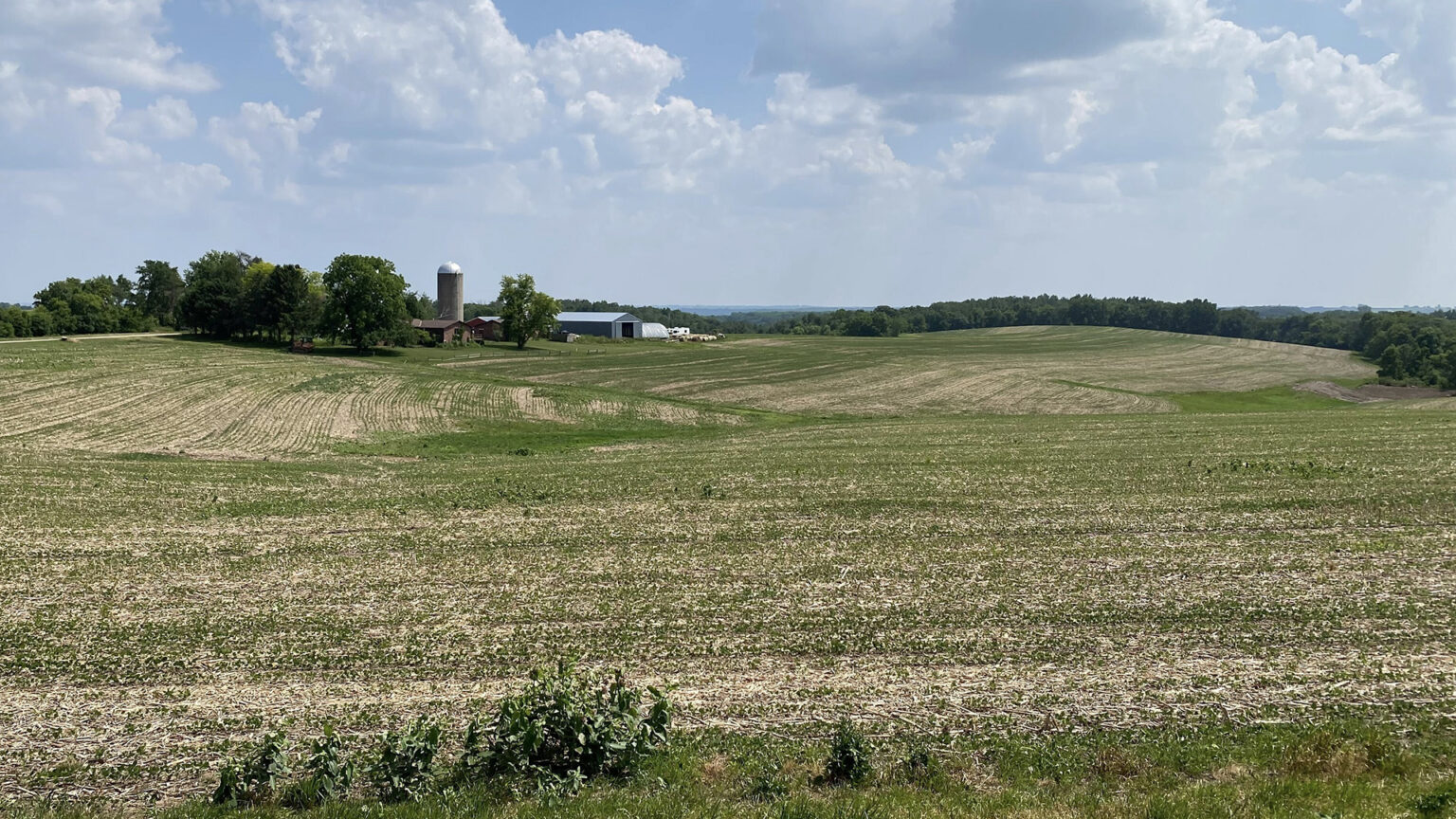
Corn and soybean fields dry out in hot, sunny conditions near the Crawford County community of Mt. Sterling in June 2023. (Credit: Tegan Wendland / The Mississippi River Basin Ag & Water Desk)

This article was first published by Wisconsin Watch.
A dusty Nick Stanek stepped off his tractor after an evening of round baling hay.
Conditions in La Farge, Wisconsin, are currently great for the crop, but not much else. The weather has been so dry, the grass crunches beneath Stanek’s feet.
Members of a three-generation farm family, he and his brother also grow corn and soybeans across 400 acres.
But the weather isn’t cooperating like the siblings do.
A recent rain shower coaxed some of the soybeans to germinate, but it wasn’t enough; many have struggled to emerge from the “bone dry” ground.
“Of course, if we don’t get any rain, our crop will be a complete loss,” Stanek said.
Farmers are struggling all across the Corn Belt. Drought expanded rapidly throughout the Midwest in June — doubling within the first week after significantly less rainfall than normal. Forecasters say the region is not likely to get relief anytime soon.
Through September, arid conditions are expected to persist or even expand in eastern Iowa and Missouri, Illinois and Wisconsin.
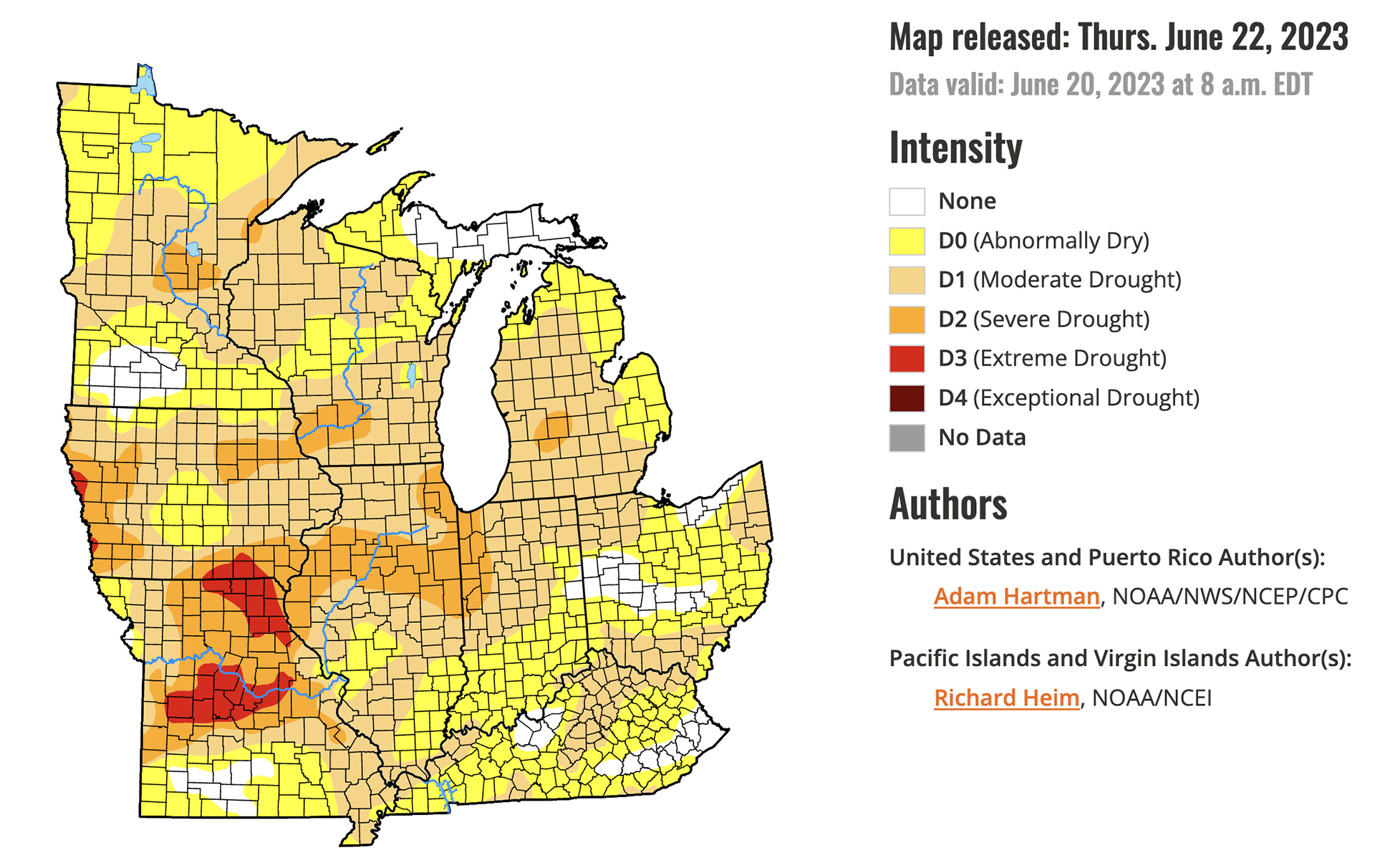
A drought monitor map dated June 20, 2023 and released June 22 shows worsening conditions throughout the Midwest. (Credit: U.S. Drought Monitor)
More than 80% of corn and soybean crops in Illinois and Iowa — which together produce more than a quarter of the nation’s total — face drought conditions. Farmers are gritting their teeth as their crops dry up and deteriorate.
“Although it’s probably too early to declare massive losses in crops just yet, that potential is certainly there unless we get some decent rainfall,” said Mark Fuchs, a hydrologist at the St. Louis National Weather Service forecast office.
Todd Shea, with the NWS forecast office in La Crosse, Wisconsin, said dry weather can beget more dry weather “because you don’t have as much water around to add to the atmosphere which can help fuel thunderstorms.”
Circumstances in Missouri are among the worst in the Midwest, with nearly 16% of the state under extreme drought.
“We’ve heard a lot from farmers and ranchers, especially ranchers who are having to sell off cattle before they wanted to because they don’t have enough food, hay, grass — things cattle usually feed off of — to sustain their herds,” Fuchs said.
- Nick Stanek is a third-generation corn and soybean farmer near La Farge in southwest Wisconsin. He worries that if the drought continues, he may lose his crops. (Credit: Tristan Woods for the Mississippi River Basin Ag & Water Desk)
- Nick Stanek stands in his dusty, dry corn field. He said he hasn’t seen conditions like this since the late 1980s. (Credit: Tristan Woods for the Mississippi River Basin Ag & Water Desk)
But Stan Nelson is holding onto optimism.
The southeast Iowa native farms just 12 miles west of the Mississippi River near Burlington and serves as the first vice president on the Iowa Corn Promotion Board.
In his 40-plus-year career, this drought is one of the earliest he recalls. Nelson sees nearby producers irrigating their fields a month earlier than they typically do. And the variety of corn he plants is currently 10 to 20 inches shorter than it should be at this point in the growing season.
“Our crop is being hurt,” he said. “I just don’t know how much.”
But new varieties of row crops can compensate for a lack of water, Nelson said.
“I’m not panicked yet.”
Conditions are not yet so dire as those experienced in late 2022 when persistent drought disrupted Mississippi River barge traffic and drew salt water from the Gulf of Mexico upstream, threatening New Orleans’ drinking water supply. But other impacts are evident.
U.S. Geological Survey water gauges have measured below-normal streamflow throughout the upper Mississippi River basin compared to the same time in 2022, including all-time lows at St. Cloud, Minnesota, on the Mississippi River, and in Valley City, Illinois, along the Illinois River.
Meanwhile, the U.S. Coast Guard has begun issuing safety advisories for barge traffic.
Low water has impacted the size and capacity of barge loads, driving up costs, according to Deb Calhoun, senior vice president of Waterways Council Inc., a national lobbying group.
“But many in the industry believe there is the capacity to compensate for the inefficiencies in the near term,” she said in an email.
Dredging within the vicinity of Memphis, Tennessee, an occasional bottleneck for Mississippi River barge traffic, is expected to help.
It’s not possible to specifically attribute the current drought to climate change, scientists said, but it falls within a pattern of more extreme weather events.
Models project that in coming years both precipitation and precipitation variability will intensify in some Midwestern states.
The region overall could get wetter at longer timescales, according to University of Illinois at Urbana–Champaign researchers, with more intense month-to-month fluctuations, leading to increasingly frequent flooding or periods of drought.
A world of extremes leaves open the possibility of a meteorological rebound. And forecasters already predict some improvement this summer in parts of Minnesota along with the western halves of Iowa and Missouri.
“Hope is not lost because we could certainly regain rainfall back to normal, or potentially even surplus,” said Steve Vavrus, interim Wisconsin state climatologist.
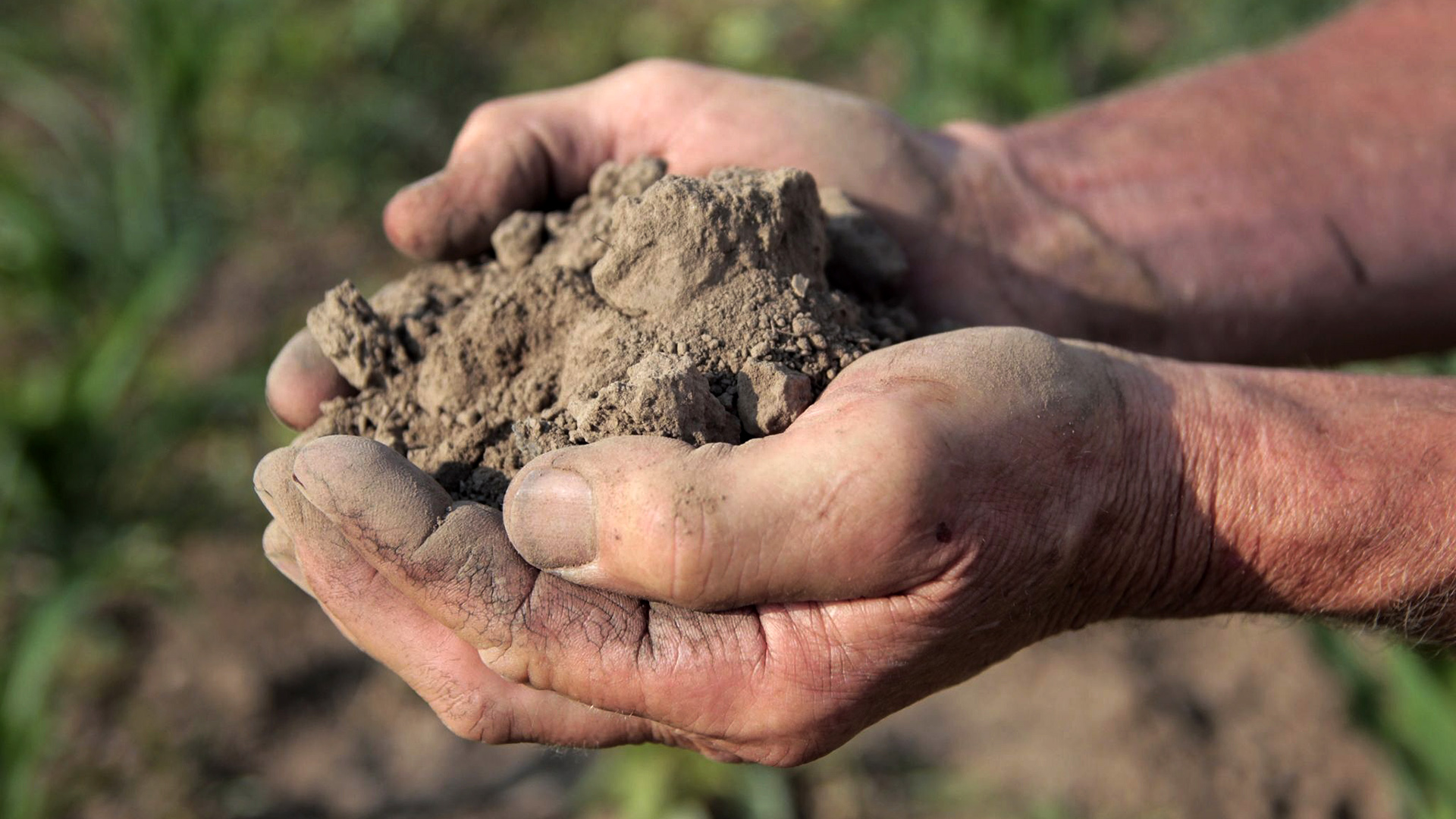
Third-generation Wisconsin corn and soybean farmer, Nick Stanek, shows how dry the dirt is in his fields. (Credit: Tristan Woods for the Mississippi River Basin Ag & Water Desk)
If the worst comes to pass in Wisconsin, though, Stanek hopes to “ride it out” and make do with the money he earns from hay and repairing antique tractors, trucks and cars. He doesn’t have crop insurance.
“It’ll be nip and tuck,” he said.
He must pay a monthly $2,000 mortgage on several properties he owns, and his savings will only last until October.
But, “soybeans are very tough,” Stanek said. “They can sit in the ground for a couple of months and still sprout.”
Tough, just like him.
Tegan Wendland contributed to this story. This story is a product of the Mississippi River Basin Ag & Water Desk, an independent reporting network based at the University of Missouri in partnership with Report for America, funded by the Walton Family Foundation.
 Passport
Passport





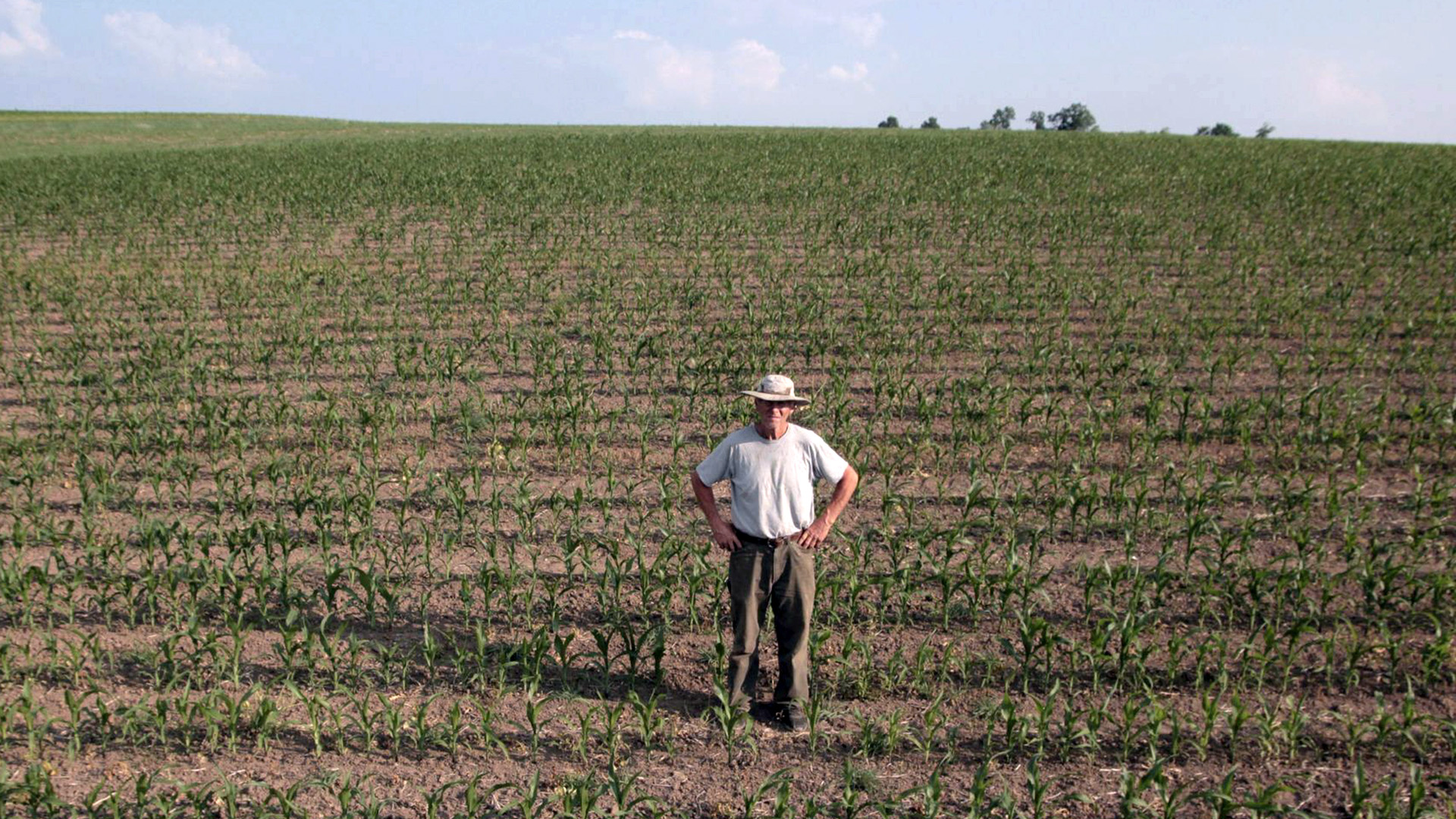
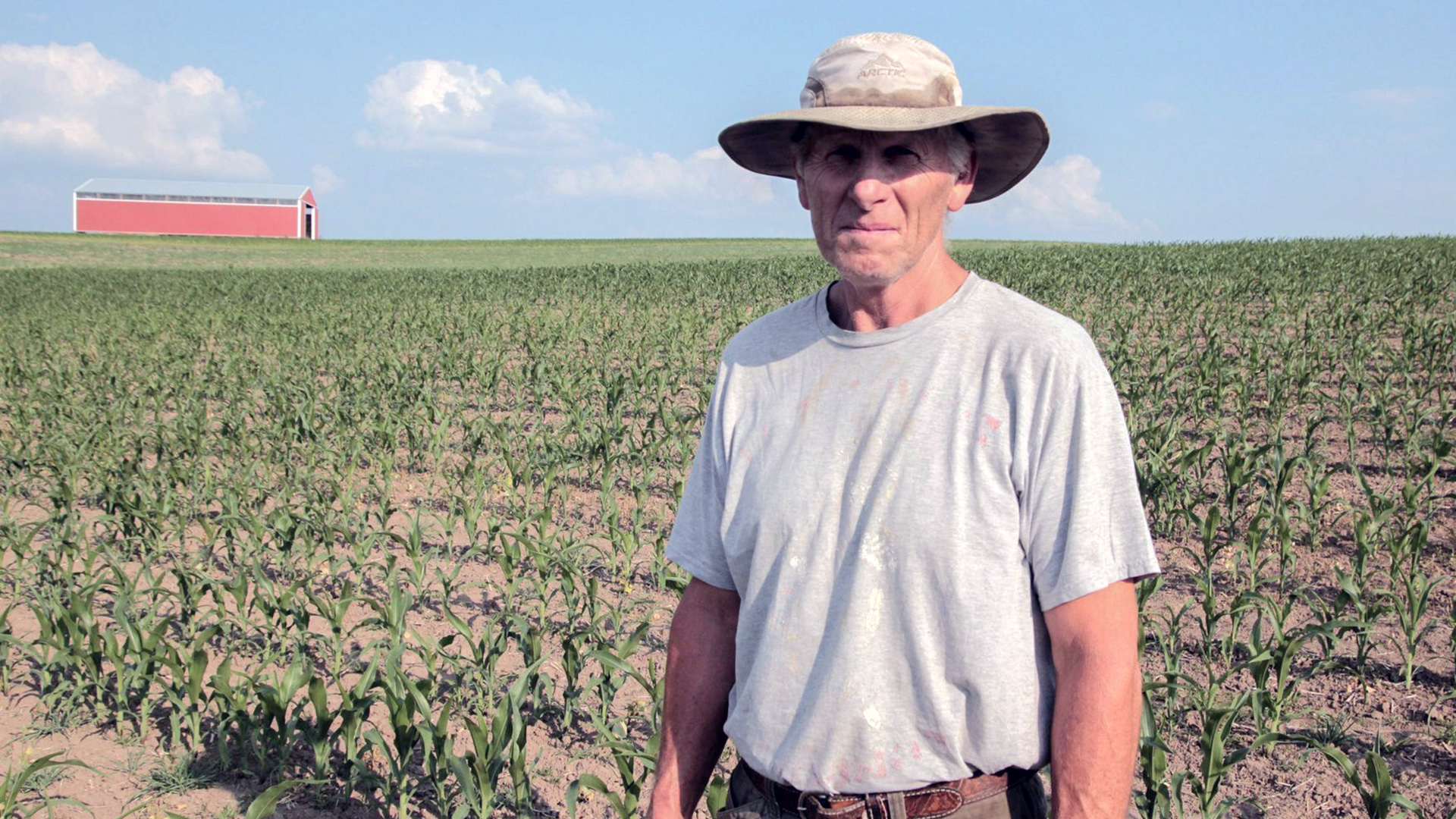
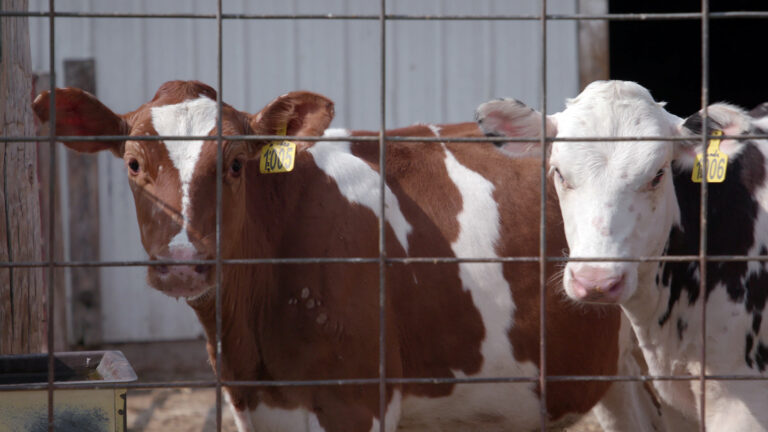



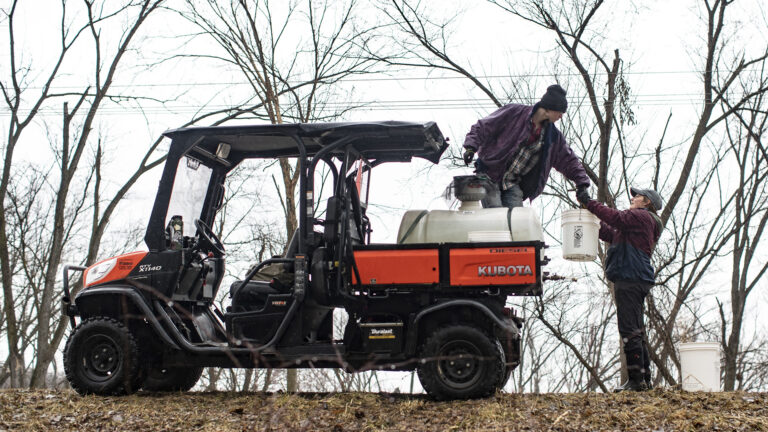
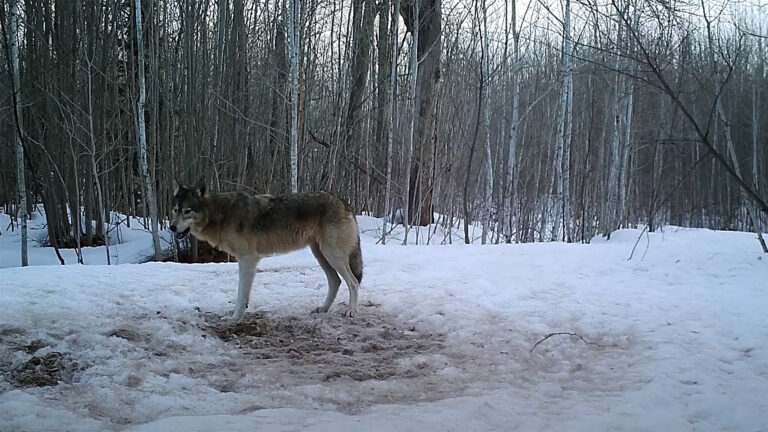


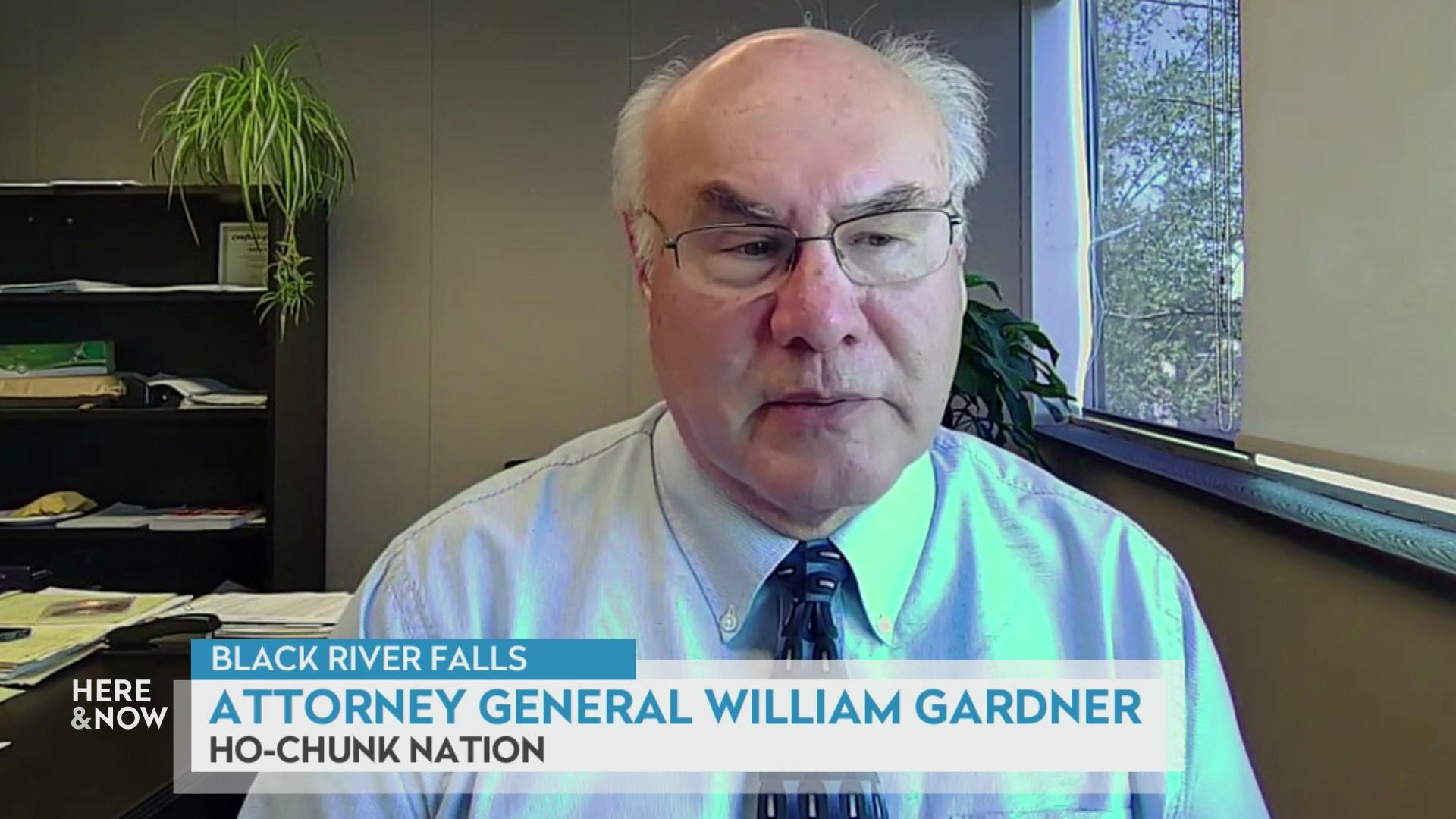
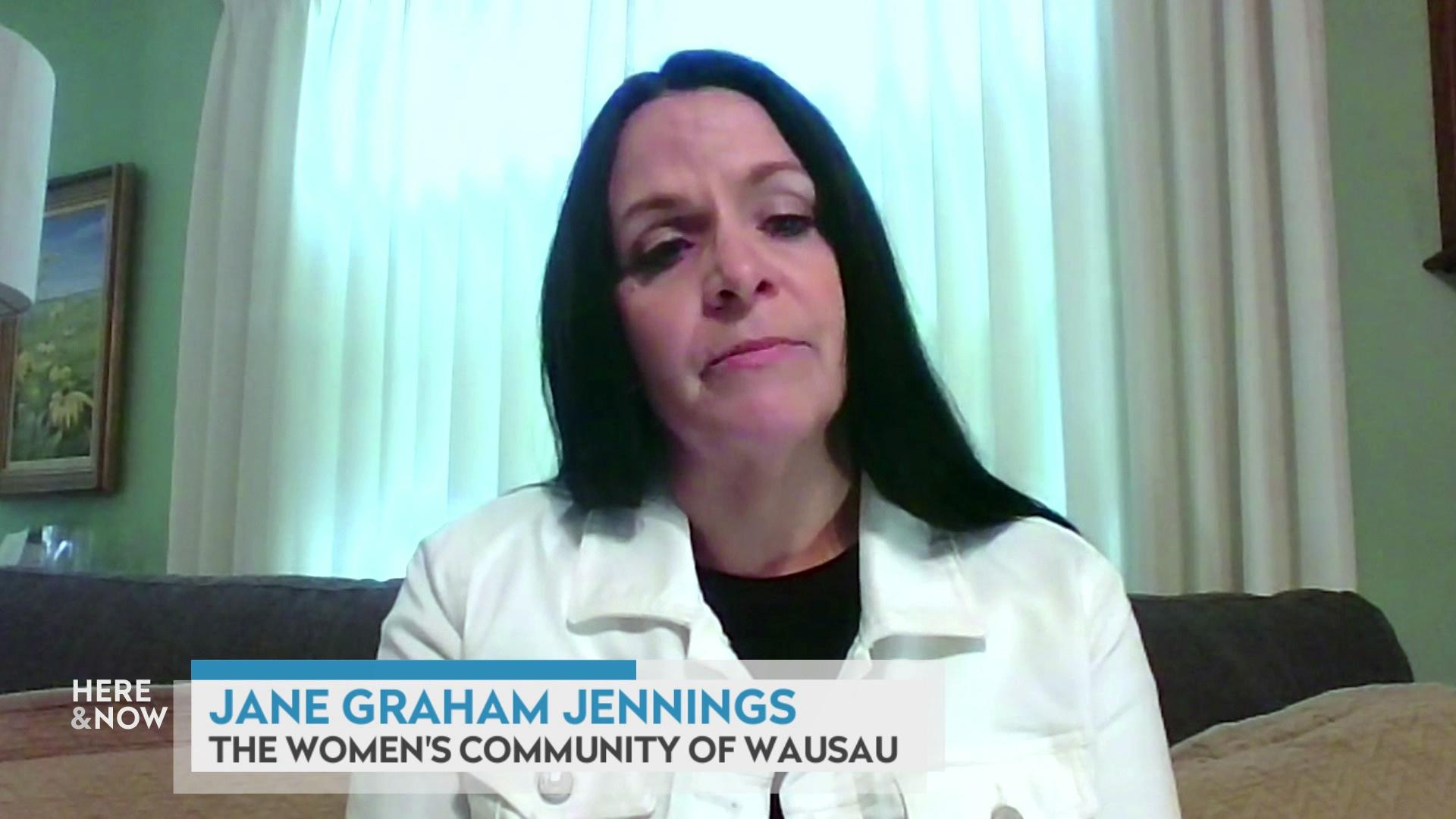


Follow Us